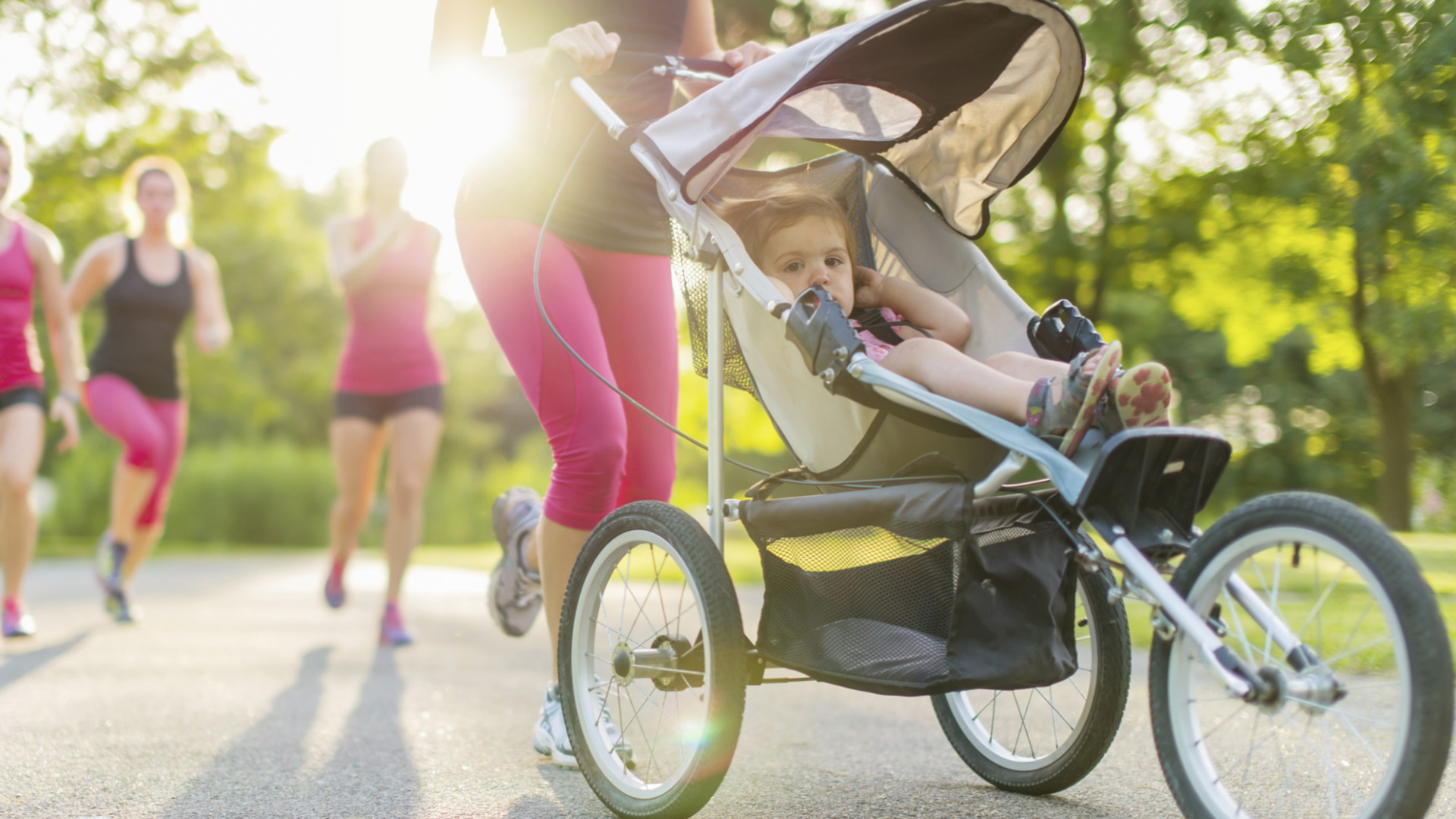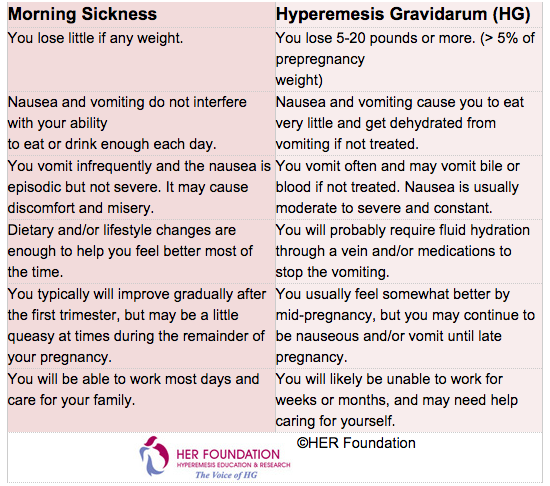Recent Comments
No comments to show.
Posted by admin in General, How to, Maternal Health, Pregnancy on March 8th, 2019
It is an exciting moment when you are your partner decide that it is time to start trying for a baby. Bringing a new life into the world is an amazing thing and the feelings that you start to have once you become a parent are ones you never knew were possible. For some people falling pregnant can be very quick and easy and others it may take some time to happen. There is no need to stress if it does not happen the first time you have unprotected sex, there are many factors that can contribute to why you have not fallen pregnant. There are things that you can also do to help to increase your chances of falling pregnant.

Unfortunately you can not just fall pregnant at any time, although how handy would that be! In order to fall pregnant the released egg must be fertilized by the sperm within 24 hours of being released. This means that there is a small window each month in which you can get pregnant. Your egg is typically released around 14 days before the first day of your next period which means that having intercourse a day or so before this and when the egg is being released is the ideal timing.
If you do not have a regular 28 day cycle and are unsure on when you are ovulating you can track your ovulation in a couple of ways including tracking your temperature, vaginal discharge or by purchasing an ovulation tracking kit.
Your lifestyle can play a part in falling pregnant. It is recommended to try to live a healthy lifestyle whilst trying to fall pregnant. This can include ensuring that you are getting an adequate amount of exercise, eating a healthy diet and not taking part in activities such as binge drinking and illegal drug use.
When choosing your foods for your healthy eating ensure that you are eating goods packed with food nutrients such as leafy greens, good amounts of protein and lots of fresh plant based foods. Try to avoid fatty foods and caffeinated drinks.
Exercising to keep your weight down and your body fit is a good idea however try not to take part in too many strenuous activities. Completing too much strenuous exercise can alter your periods which means that your ovulation dates can change which can then throw off your whole tracking.
When you decide that you are going to begin trying for a baby it is a good idea to start starting prenatal vitamins. These vitamins are full of goodness that will not only help you and your body but also help the progression of the pregnancy and health of the fetus once you fall pregnant. When you find out you are pregnant you are normally a few weeks in already which means that there has been time where you did not know you were pregnant, starting the vitamins whilst you are trying means that you have covered the new baby during those first few weeks
As hard as it may sound, it is best to try not too stress too much. You may be stressing about the falling pregnant or stressing about other things in your life at the time. Stress can play a lot of havoc on your mind and your body and too much stress can also lead to reduced periods or your periods becoming irregular. Maintaining a regular period means that you will be able to track your ovulation a lot easier and not be confused about when your ideal window is.
If at any point you think that there may be something wrong or you have been trying to fall pregnant for a while without success, put your mind at ease and visit your doctor. They would be happy to speak with you about what you have tried, complete testing if necessary and provide help and assistance where they can.
Remember as well, just because there is an ideal window, doesn’t mean that you can not ‘practice’ through out the month ?
Posted by admin in General, How to, Maternal Health, Safety, Travelling with kids on August 31st, 2015

Getting back into exercise after having a baby can feel like a big ask but getting out there in the fresh air together can really benefit your mental as well as physical health. Before you start it is important to get clearance from both your own care provider and your baby’s paediatrician to confirm you’re both ready for exercise. Babies will require some time to have the necessary head and neck strength to prevent injury, as you’ll need to make sure all is well post-birth.
When you’re choosing your jogging stroller, be sure to check for features designed to keep you and your baby safe. Look for a fixed front wheel that does not swivel, which allows your stroller to continue moving straight forward as you jog, and a five-point safety harness for keeping your infant safe and stable within the pram. Check for well-inflated tires, good suspension and effective shock absorbers, as well as features like hand brakes and a wrist strap to prevent the stroller from getting away from you on hills or if you become distracted at all. If you’re not sure you might consider hiring a jogging pram to try before you buy.
Looking to hire a jogging pram for your holiday in Sydney? Click here to check out our Nipper Sport prams for hire.
Posted by admin in Maternal Health, Pregnancy on April 28th, 2015
Nausea and vomiting during pregnancy is very common and studies estimate that between 50 – 90% of expecting mothers will experience what is generally called “morning sickness”. For the majority of Mums, morning (or even all day) sickness is not a serious problem and it does not place you or your baby at any risk of harm.
Hyperemesis Gravidarum (HG) is a much more severe form of nausea and vomiting in pregnancy. HG can place you and your baby at some risk as the nausea and vomiting prevent you from retaining and utilising sufficient necessary food and fluid to stay healthy.
Its estimated that HG occurs in about 1% of pregnancies. It often starts between four to six weeks of pregnancy and may continue all the way to the end. Thankfully symptoms will often improve from about 15 to 20 weeks but can occasionally last the entire pregnancy.
How to distinguish between morning sickness and hyperemesis gravidarum:

Intravenous rehydration is typically the first line of treatment for HG which will most often require you to go into hospital. The time you’ll spend in hospital will depend on the severity of your symptoms.
Often bed rest is recommended, and even if not, you may be so tired that you will want to be in bed anyway.
Because you will have been unable to keep sufficient food down, nutritional therapy is often included as art of your treatment for HG. This may mean nutrition delivered intravenously in severe cases, and in milder cases, just working with a dietician to ensure the that you are able to take in adequate calories and nourishment. Some anti-nausea drugs may be added to your drip or given to you by injection.
Medications are often part of the treatment for mothers suffering HG. All drugs should be used with care in pregnancy, particularly in your first trimester. But anti-sickness drugs have a good safety record and are unlikely to harm your baby.
If you can’t keep food or drink down, swallowing pills is also likely to be difficult so some of the anti-sickness medication has been developed so that you can dissolve it under your tongue rather than swallow it.
The absolute best resource for mothers experiencing HG is the Hyperemesis Education and Research Foundation. Visit their website at www.helpher.org for mother-to-mother forums, research, blog posts, and more.